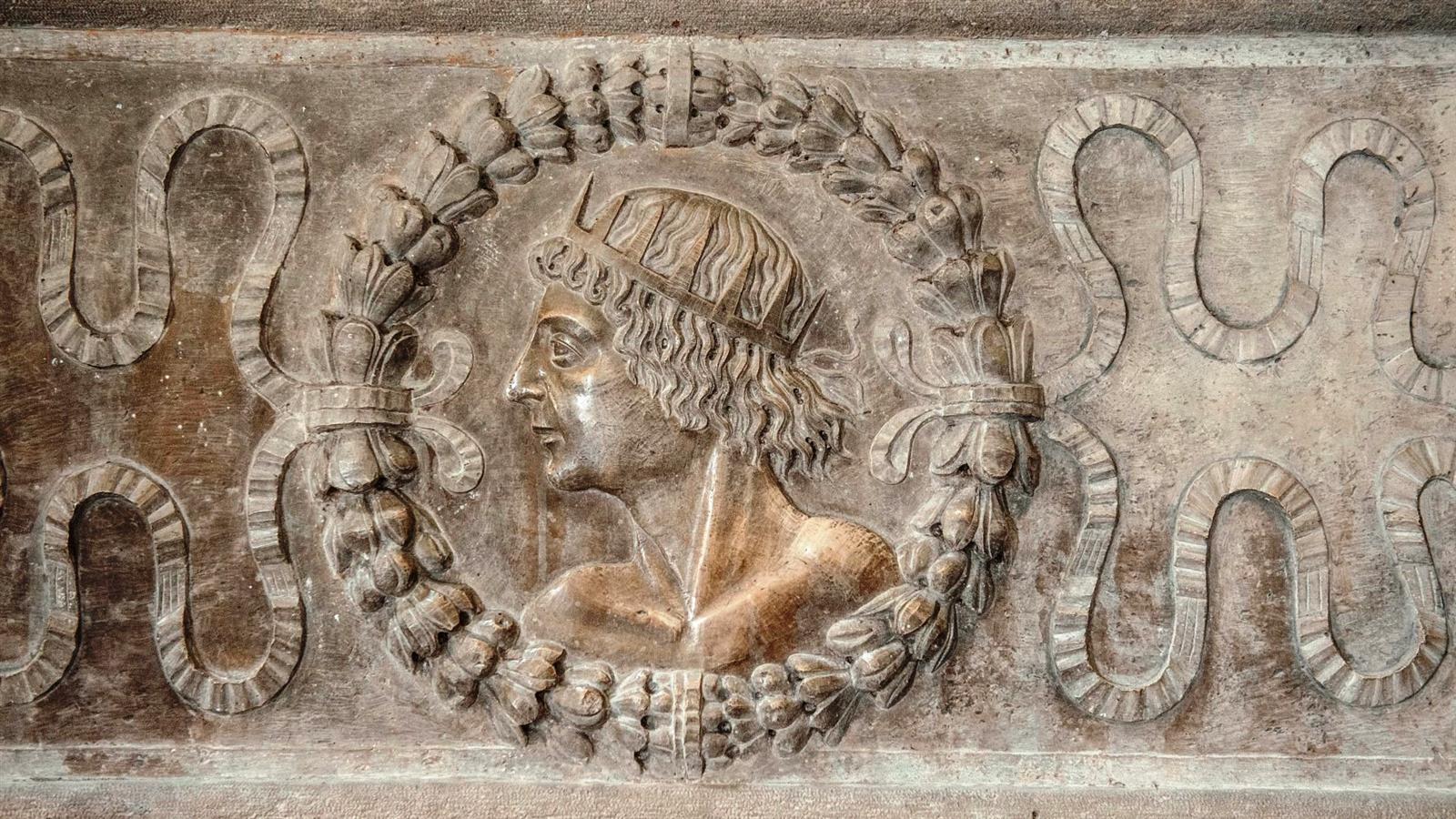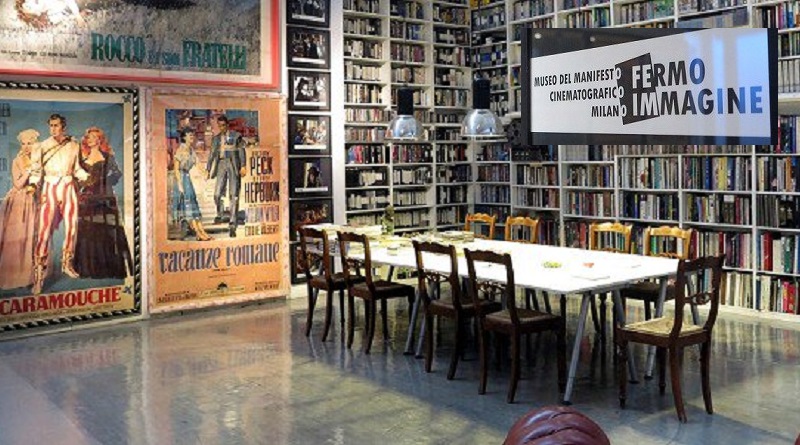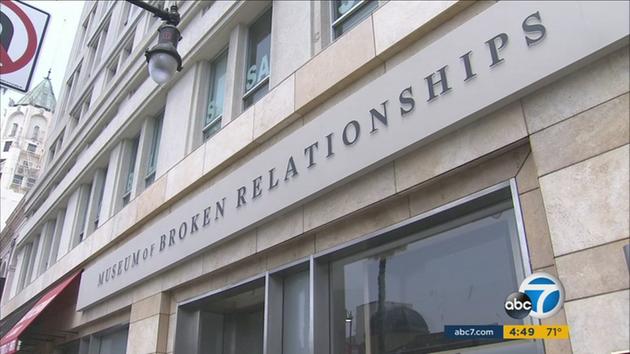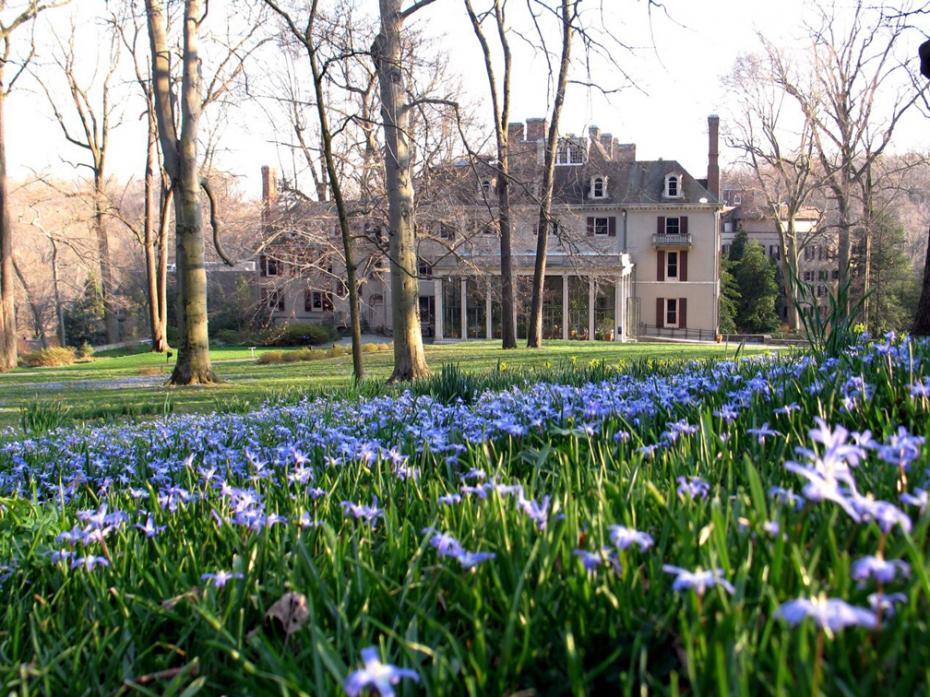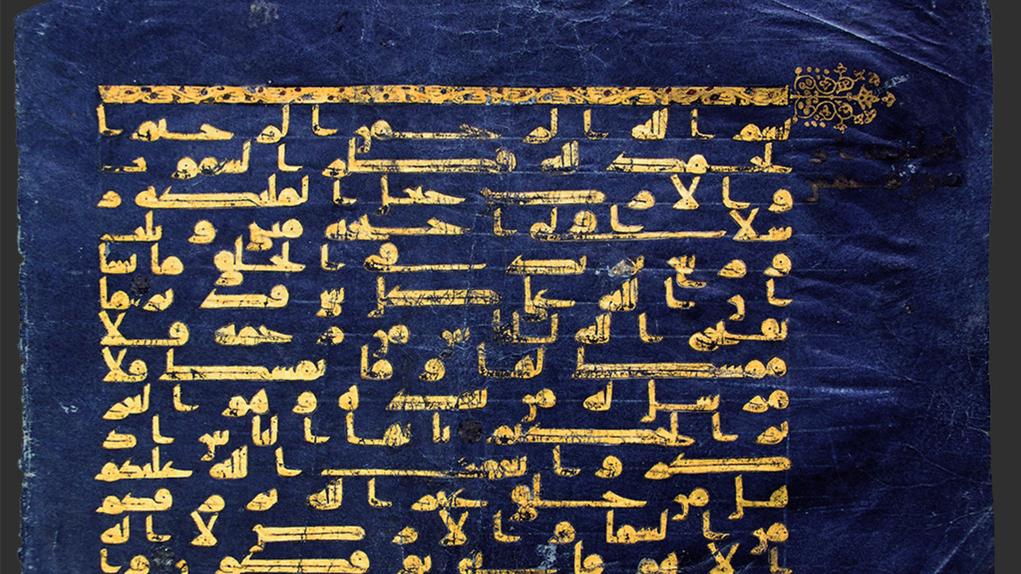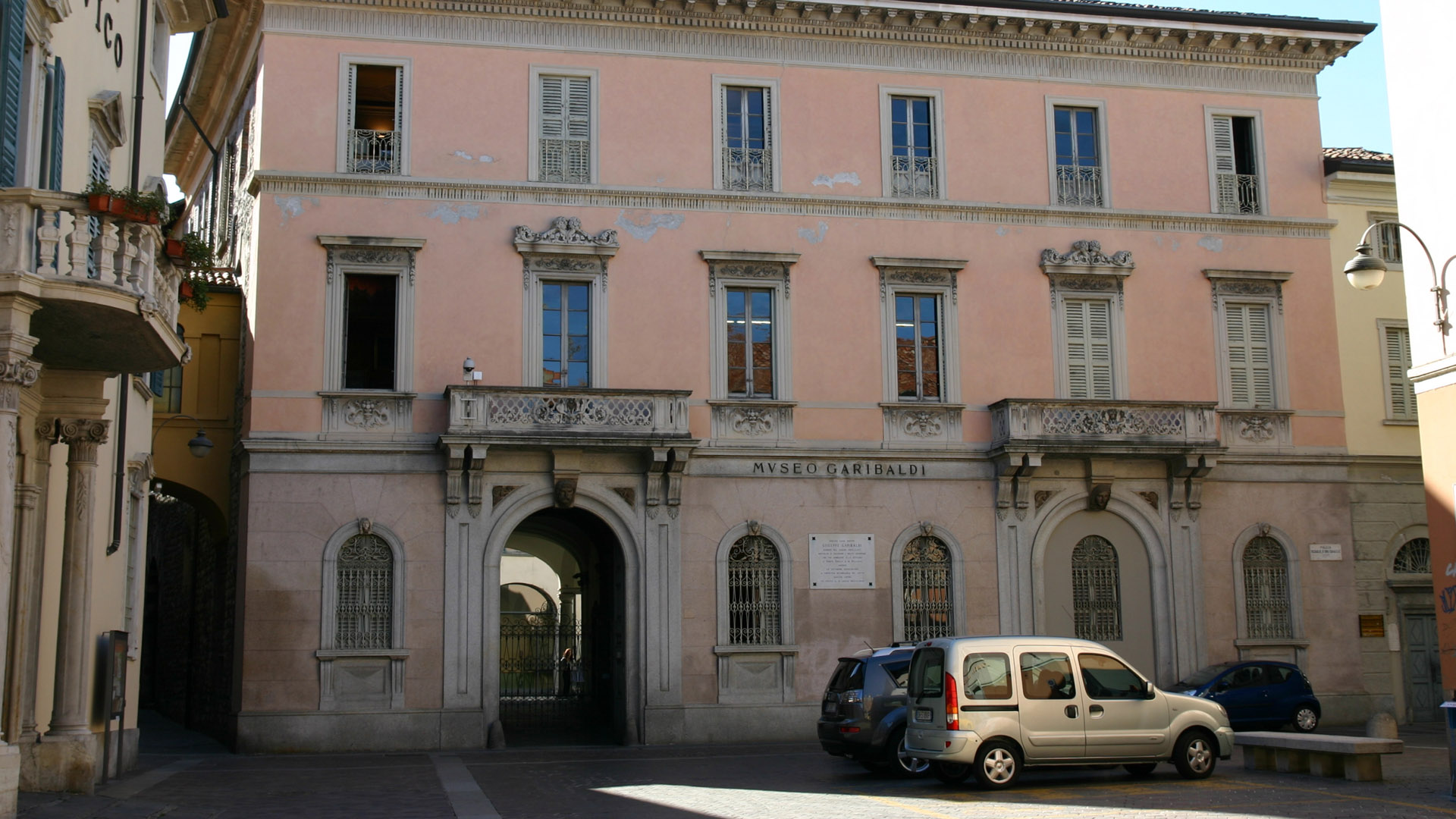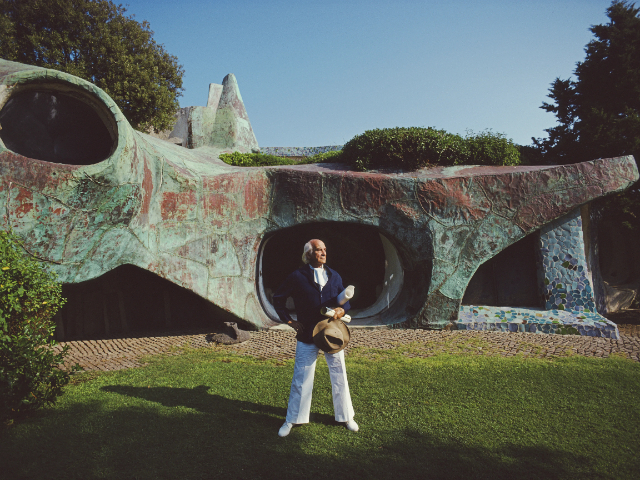The National Archaeological Museum of Cividale del Friuli is housed in the Palazzo dei Provveditori Veneti, a visible and concrete affirmation of the power of the Serenissima. It was built between 1565 and 1586 on a project by Andrea Palladio, as reported by Vasari, who said that the architect would have realized the model, also attending the laying of the first stone. Palladio’s imprint, derived from studies on Roman antiquities, can be seen in the rusticated base of the arches of the portico, while the rest of the palace did not respect the original design. The building stands on the remains of the ancient patriarchal residence, an articulated medieval complex partially preserved in the archaeological area under the museum, which is part of the UNESCO Longobard serial site in Italy: the places of power (568-774 A.D.).
The Museum was founded in 1817 by Michele della Torre to collect the finds brought to light in the excavations he conducted in Cividale and in the territory, financed by Francesco I of Austria. It is a significant point of connection between archaeology and historical sources, a priceless heritage collected to perfect the vision of an organic museum that would preserve the memory of the Patriarchate of Aquileia, which since the early Middle Ages has become the heart of Europe. There is a rich section of antiquities, sacred and secular medieval goldsmith’s works, a precious Codici Collection with manuscripts from the 6th to the 17th century and a Library with volumes from the 15th to the 19th century. On the ground floor there is the lapidary section, with finds from the Roman period to the Renaissance period: here the visitor can follow the history of the city from the municipium of Forum Iulii, to the Civitas Austriae of the patriarchal splendours up to the Venetian domination.On the main floor there is the Longobard civilization, with splendid material evidence found in the rich Cividale necropolis and in other places of the Duchy of Friuli, which make the Museum a point of reference among those dedicated to the Early Middle Ages. In the necropolis of San Mauro, found not far from the city walls, was brought to light the tomb of a nine-year-old child buried at the beginning of the seventh century AD with an exceptional outfit. Arrows, shield and spurs already identify the connotation of a warrior and knight: an image also emphasized by the clothing, with a spectacular iron belt decorated with agemina and a gilded silver fibula to stop the cloak.
